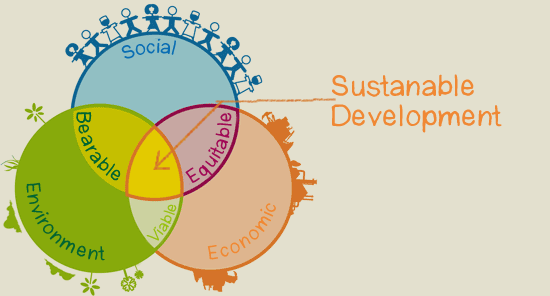What is Systems Thinking?
A system is an interconnected set of elements that is coherently organized around some purpose.
Attributes of a System:
- elements
- interconnections
- purpose

Systems thinking is a way of perceiving, describing and understanding, the forces and interrelationships that shape the behavior of systems. This method of thinking helps us to see how to change systems more effectively, and to act more in harmony with the natural processes of the ecological and economic world.
Check out this article for a more detailed explanation of Systems Thinking.
How I Got Hooked
Systems thinking is the difference between an environmental studies major and a sustainability major. Entering into my first semester in the Chatham University’s Bachelor’s program in Sustainability, I had a very vague sense of what I might be studying. I knew there was an overarching theme in sustainable development: Interconnections. I soon found out just how deeply this holistic approach was embedded in my major.
After using systems thinking in class, I found myself becoming more and more aware of connections in my everyday life. Watching The Daily Show wasn’t just about catching up on impossible political hijinks. I began to realize how political events affect all aspects of our lives. The interconnected nature of the three pillars of sustainability –Environment, Economy, and Social Justice –finally made sense to me.
What are the advantages of systems thinking?
We often make errors when we think in mutually exclusive opposites. Commonly, we settle for a solution prematurely without appreciating the underlying root causes driving a situation. We consider our next steps as being either along the path of solution x or solution y. Breakthroughs come when we consider the possibilities of blending both x and y.
Systems thinking can help ameliorate this problem because it:
- considers both the whole and its parts
- bridges the gap between things that we originally saw as mutually exclusive events, and
- forces us to consider situations from multiple perspectives by first consider the event, then peel back a layer to see if it is part of an underlying pattern.
… Any Disadvantages?
- It can get overwhelming – Sometimes looking at all the elements of a system can make us feel too small to affect change.
- Systems are endless loops of cause and effect – So where do you start?
Take this figure, for example. It can be overwhelming. There is no clear start point, and the elements depicted definitely surpass any individual’s limitations.

An example of a detailed system map.
The important point to remember in situations where a system seems overwhelming: Identifying the problem is a vital step in solving it. Without taking a systems approach, you are likely to omit possible problem sources, and treat symptoms rather than causes. If properly implemented, systems thinking can act a as a valuable tool in otherwise sticky situations, especially when dealing with pressing and complex issues like community development, intersectionality, and climate change.
Sources:
http://www.thwink.org/sustain/glossary/SystemsThinking.htm
http://www.futurist.com/articles-archive/10-useful-ideas-on-systems-thinking/
Vries, Bert De. Sustainability Science. New York, NY: Cambridge UP, 2013. Print.